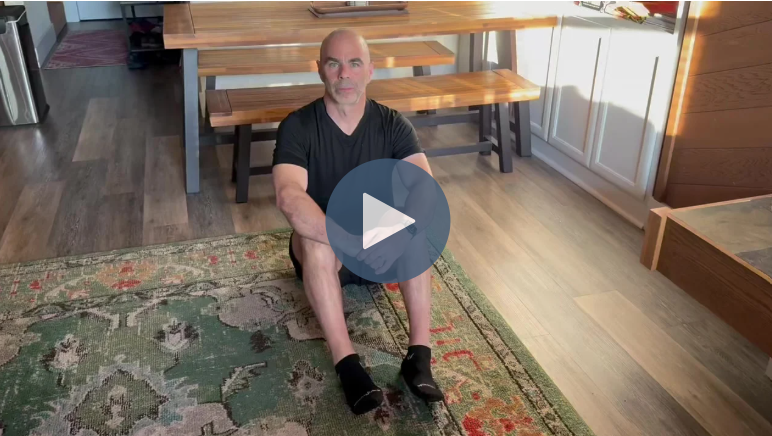Serge Gracovetsky’s The Spinal Engine presents a revolutionary perspective on human locomotion, arguing that movement is not driven solely by the legs but by the spine itself. He proposes that the spine functions as an “engine,” generating and transferring energy through coordinated motion rather than simply acting as a passive structure supporting the limbs. His theory suggests that walking, running, and other forms of movement originate from a wave-like motion of the spine, which directs energy through the body efficiently. This contrasts with the traditional biomechanical view that prioritizes limb movement, especially the legs, as the primary source of propulsion.
The Spinal Engine
A key component of Gracovetsky’s argument involves the role of stored elastic energy in the fascia and connective tissues. He suggests that the body recycles kinetic energy through the spine, fascia, and musculature, much like a spring or whip that efficiently transfers force along its length. Rather than relying purely on muscular contractions for movement, the body takes advantage of the elasticity in connective tissue, reducing metabolic cost and improving efficiency. This concept aligns with modern research on fascia, which recognizes it as a dynamic, tension-distributing network that contributes to both force transmission and movement efficiency.
Gracovetsky’s work also emphasizes the significance of rotational movement in human locomotion. Rather than viewing the body as moving in a purely linear fashion, he demonstrates that walking and running involve complex rotations of the pelvis, spine, and shoulders. This spiral-like motion not only enhances energy transfer but also reduces the strain on individual joints, distributing forces more evenly. The idea that the spine plays an active role in movement—rather than merely stabilizing against the legs’ forces—challenges conventional biomechanical thinking and has implications for sports performance, rehabilitation, and movement training.
Ultimately, The Spinal Engine shifts the focus of movement analysis toward the spine as a dynamic, energy-efficient system that leverages stored elastic energy and fascia to enhance locomotion. This model offers a broader understanding of how the human body optimizes movement and may explain why some individuals can achieve highly efficient motion patterns with less muscular effort. Gracovetsky’s theory continues to influence discussions in movement science, rehabilitation, and performance training, particularly in fields like running mechanics, physical therapy, and functional movement coaching.
Sit Bone Walking
